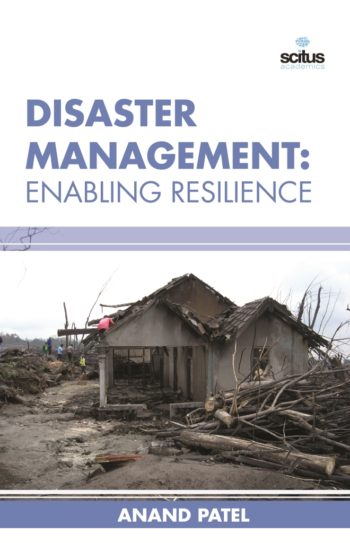This book discussed on mountain regions occupy approximately one fifth of the Earth’s land surface and cover 54 % of Asia’s land mass. Mountain ranges create diverse ecosystems, sanctuaries for plant and animal species, and shelter for 10 % of the world’s population. Mountains are the sources of 80 % of the Earth’s surface water, important not only for mountain communities but also for billions of people living in the plains. Mountains trap moisture from air masses, which is precipitated in the form of snow that melts in spring and summer, flows to the plains, and becomes a lifeline for agriculture and industrial activities. With such multifunctionality, mountains serve not only as a source of ecological and food security for billions of people, but also act as buffers against natural hazards. However, mountains are very sensitive to environmental change and are a barometer for climate change. A change in temperature can disrupt a mountain system in the form of melting glaciers, soil erosion, landslides, rockfalls, floods, and avalanches.












